Friary of the Sack, Rye was a friary in East Sussex, England.
Friary of the Sack, Rye was a friary in East Sussex, England.

Peckham was a borough constituency in South London which returned one Member of Parliament (MP) to the House of Commons of the Parliament of the United Kingdom. Elections were held using the first-past-the-post voting system.
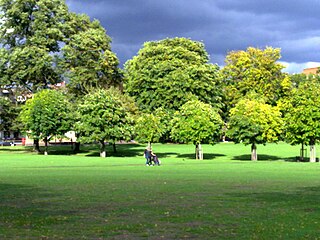
Peckham Rye is an open space and road in the London Borough of Southwark in London, England. The roughly triangular open space lies to the south of Peckham town centre. It is managed by Southwark Council and consists of two contiguous areas, with Peckham Rye Common to the north and Peckham Rye Park to the south. The road Peckham Rye forms the western and eastern perimeter of the open space.
Winchelsea Beach is a seaside village in the parish of Icklesham in the Rother district of East Sussex, England. The village is located about ten miles (15 km) east of Hastings, and about 1.5 miles (2 km) south east of Winchelsea.
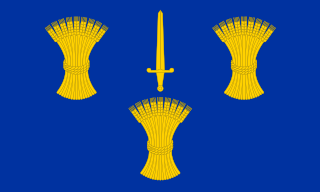
Chester Friary of the Sack was a friary in Cheshire, England.
Bodmin Friary was a Franciscan friary in Bodmin, Cornwall, England, UK. There are very few remains from the substantial Franciscan Friary established c. 1240: a gateway in Fore Street and two pillars elsewhere in the town.

Various monasteries and other religious houses have existed at various times during the Middle Ages in the city of Exeter, Devon, England.
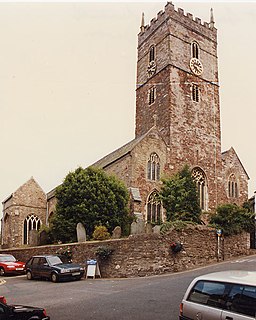
Dartmouth Friary was an Augustinian friary in Dartmouth, Devon, England. It was founded in 1331 and ceased to function as a friary in 1347.
Exeter Grey Friary was a friary in Devon, England.
Greyfriars, Beverley was a Franciscan monastery in the East Riding of Yorkshire, England. It was established before 1267, probably by John de Hightmede, but the exact date is not known. Originally located within the town walls near today's St Mary's Terrace, it was moved outside Keldgate, near Westwood, about 1297. Having fallen in disrepair in the 1330s, the knight Sir John Hotham of Scorbrough provided funds for its rebuilding in the 1350s. Several members of his family were buried there later. The friary benefitted further from grants made by nobles and merchants. The friars acknowledged royal supremacy in 1534, and the monastery was surrendered to the Bishop of Dover on 25 February 1538–39. Although no buildings of the friary have survived, it is remembered by the street name "Greyfriars Crescent".
Rye Austin Friary was an Augustinian friary in Conduit Street, Rye, East Sussex, England.
Friary of St Anthony, Rye was a friary in East Sussex, England.

Greyfriars is a country estate in Winchelsea, East Sussex, England. It contains a ruined medieval monastery and church and a 19th-century house.
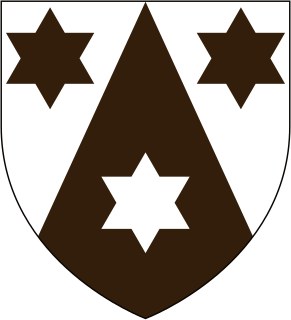
Whitefriars, also known as White Friers or The College of Carmelites, Gloucester, England, was a Carmelite friary of which nothing now survives.

Greyfriars, Stamford was a Franciscan friary in Lincolnshire, England. It was one of several religious houses in Stamford suppressed in the Dissolution of the Monasteries.
Arundel Friary was a friary in West Sussex, England.
Tickhill Friary was an Augustinian friary in Tickhill, South Yorkshire, England. John Clarel, a canon of Southwell, founded it about 1260. It was dissolved in 1530. The remains are a Grade II* listed monument. The 14th century buildings were converted into dwellings in the 17th century, extensions followed in the 19th century. Until 1538, the Fitzwilliam tomb was located in the friary church, but was then moved into the parish church.
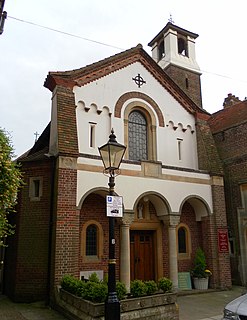
St Anthony of Padua Church is a Roman Catholic Parish church in Rye, East Sussex, England. It was constructed from 1927 to 1929 and replaced a church built in 1900. It is situated on Watchbell Street to the south of Lamb House. It is served by the Conventual Franciscans and is a Grade II listed building.

Rye railway station was a terminal station on the Rye and Camber Tramway in East Sussex, connecting Rye to Camber.
Coordinates: 50°56′58″N0°44′01″E / 50.949521°N 0.733748°E